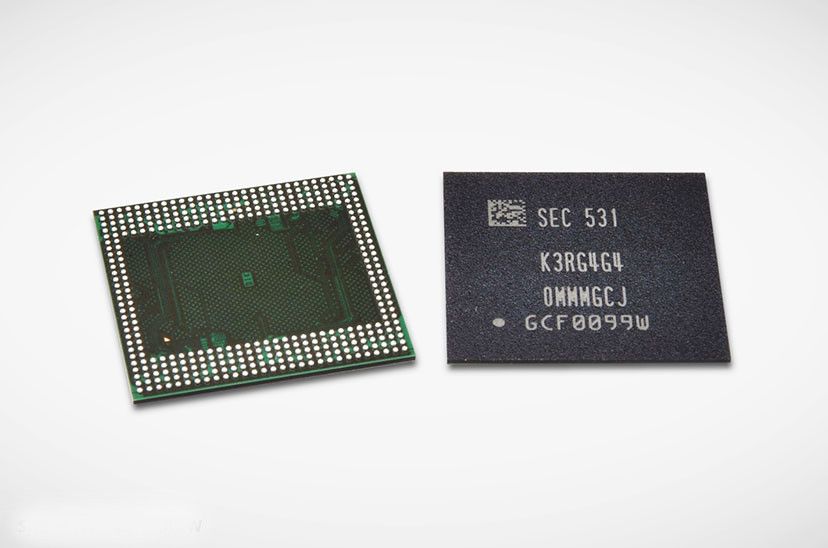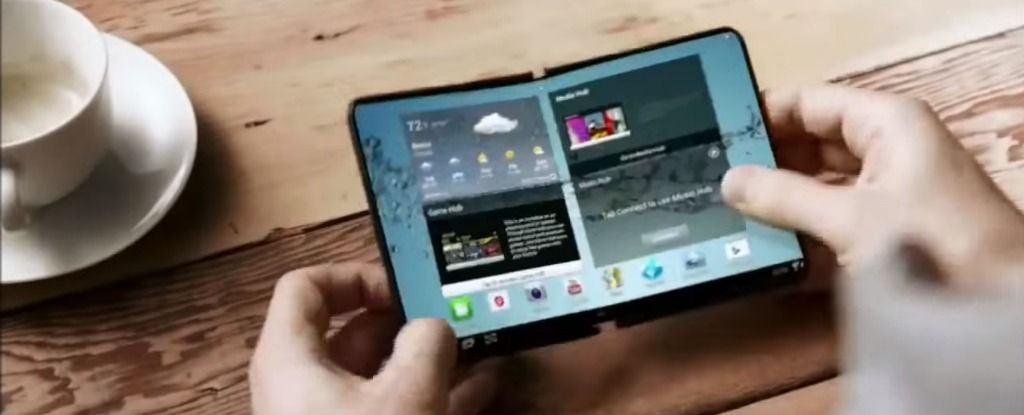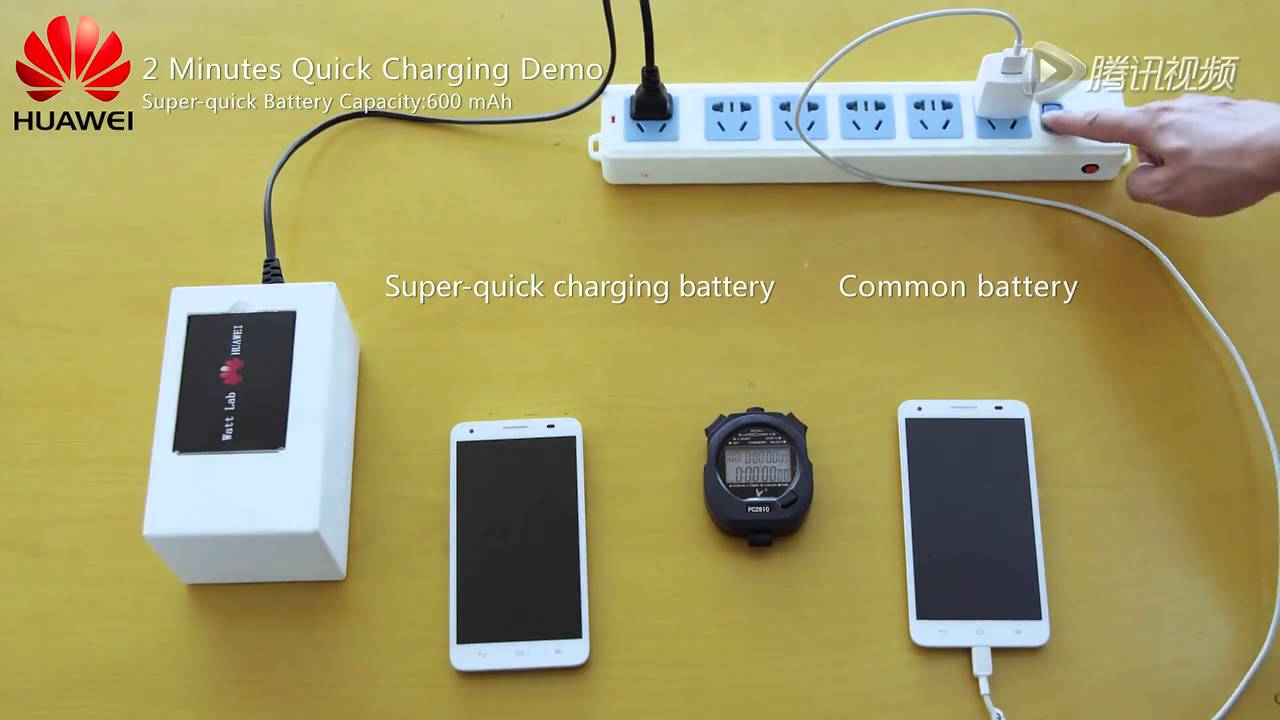Dec 14, 2015
Ultra-fast charging battery
Posted by Shailesh Prasad in categories: energy, mobile phones
These batteries use bio-organic technology, and they can charge phones from flat to full in 30 seconds.

These batteries use bio-organic technology, and they can charge phones from flat to full in 30 seconds.
We have very good news for all fans of High RAM Powered Phones. Samsung started mass production of their new LPDDR4 DRAM, allowing for next Generation 6GB RAM phones in India. Samsung essentially produced the industry’s first 12Gigabit LPDDR4 RAM with Samsung’s 20nm manufacturing process.

The real advantage of those chips is that they have a 50% higher density PCB layout with increased capacity as well as reduced power usage. Both of these are very important factors in small devices like a phone/tablet where every mm2 and mW matters. Please note that this is Gigabits, not Gigabytes. 12 Gigabits is around 1.5GB of RAM. Most high end smartphones have four memory dies, that means 1.5GB x 4 = 6GB RAM phones for us.

With tech giants around the world dipping their toes in the foldable display game, a flexible, rollable, and foldable smartphone was inevitable. And it looks like Samsung has the upper hand at this point, having recently filed a patent with the US Patent and Trademark Office for a slick new design.
Dubbed Project Valley, the product features a foldable display that could roll and fold in a number of different ways, according to the patent application. But Samsung will likely take advantage of the fact that a foldable screen gives you many different surfaces on which to display things, so we could see screens on the outside, inside, and flanks of the new device.
Continue reading “Samsung just filed a patent for foldable smartphones” »
$4.2 billion per ounce. That’s how much the most expensive material on Earth costs. Priced at £100m per gram, the most expensive material on Earth is made up of “endohedral fullerenes,” a cage of carbon atoms containing nitrogen atoms. It could help us make atomic clocks and accurate autonomous cars.
Current atomic clocks are the size of rooms. This material could allow us to make atomic clocks that fit in your smartphone.
(credit: Ericsson ConsumerLab)
Artificial intelligence (AI) interfaces will take over, replacing smartphones in five years, according to a survey of more than 5000 smartphone customers in nine countries by Ericsson ConsumerLab in the fifth edition of its annual trend report, 10 Hot Consumer Trends 2016 (and beyond).
Smartphone users believe AI will take over many common activities, such as searching the net, getting travel guidance, and as personal assistants. The survey found that 44 percent think an AI system would be as good as a teacher and one third would like an AI interface to keep them company. A third would rather trust the fidelity of an AI interface than a human for sensitive matters; and 29 percent agree they would feel more comfortable discussing their medical condition with an AI system.

** This film starts over black so have your speakers up nice and loud! ** Check out this fantastic Sci-Fi short film directed by the talented Samuel Jorgensen, and Produced by Jeremy Pronk!
In the midst of a war between humans and sentient androids, a Delta Force team must battle a dangerous enemy to rescue the US President.
Continue reading “A Sci-Fi Short Film HD: ‘SINGULARITY’ * — by The Bicycle Monarchy” »
Samsung Mobile is building a virtual reality browser.
Maybe it’s my game industry roots talking, but when I think of virtual reality, the last thing I imagine is checking updates on Facebook or poking through a Reddit thread.
Yet come tomorrow, December 2, Samsung is going to provide proof of this concept with a virtual reality web browser called the Samsung Internet for Gear VR. Users of the Samsung S6 family of mobile phones and the Samsung Note 4 or 5 — coupled with the Samsung Gear VR unit — will be able to shake their head in disgust watching Black Friday fight videos and scan for offensive tweets on Twitter from the glorious world of virtual reality. The app will support HTML5 based videos, as well as 3D streaming and 360-degree content.
Continue reading “Samsung gives you a new way to browse the web — virtual reality” »
This might be a controversial post.
My Thanksgiving was one filled with texting, Snapchat, Skyping, Facetime, Beam robots and ringing phones.
Some people HATE the way technology impacts their family at gatherings — people on digital devices rather than having conversations — “making us more alone, even when we’re together.” But is that really true?
Scientists in the UK have invented a new type of touchscreen material that requires very little power to illuminate, offering up a cheap alternative to today’s smartphone and tablet screens, with vivid colours and high visibility in direct sunlight.
The team is already in talks with some of the world’s largest consumer electronics corporations to see if their new material can replace current LCD touchscreens in the next couple of years, which could spell the end for daily smartphone charging. “We can create an entire new market,” one of the researchers, Peiman Hosseini, told The Telegraph. “You have to charge smartwatches every night, which is slowing adoption. But if you had a smartwatch or smart glass that didn’t need much power, you could recharge it just once a week.”
Developed by Bodie Technologies, a University of Oxford spin-off company, the new display is reportedly made from a type of phase-change material called germanium-antimony-tellurium, or GST. The researchers are being understandably cagey about exactly how it’s made as they shop the technology around, but it’s based on a paper they published last year describing how a rigid or flexible display can be formed from microscopic ‘stacks’ of GST and electrode layers.

Chinese technology company Huawei has announced that its latest prototype battery fills up with power 10 times quicker than the ones in current smartphones. Huawei has been showing off the technology at the 56th Battery Symposium in Japan this week, where a 3,000mAh pack reached a 48 percent charge in just 5 minutes.
The lithium-ion batteries inside smartphones, tablets, and other similar gadgets have two main sections: an anode and a cathode. Electrons move from one section to the other while our devices are in use, and then back in the opposite direction as they are recharged.
Continue reading “This new battery charges 10 times faster than the one in your smartphone” »